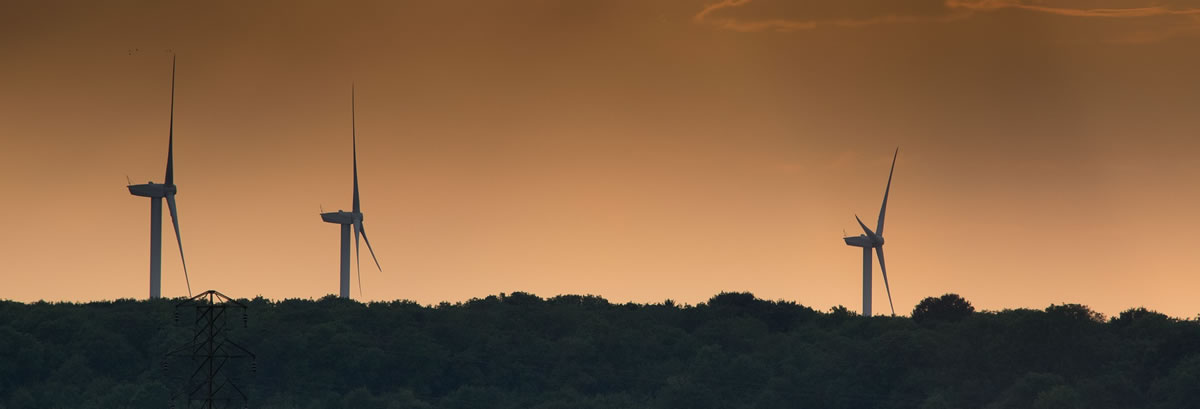Wind turbines can be a bit like Marmite – People either tend to love them or hate them. Whether you’re in favour of more electricity being produced by them or not, one thing is clear; they’re a clean source of renewable energy.
Back in December of last year, Scotland’s wind turbines generated more electricity than the entire country used for four consecutive days. Wind powered turbines provided a record amount of energy over the Christmas period between the 23rd of December and Boxing Day included. Not only that, the total amount of wind energy produced on Christmas Eve alone set a new record with more than 74,000MWh produced, which was enough to power over 6 million homes.
Exceeding energy demands
Whilst it’s undeniable that wind power can be somewhat erratic i.e. no wind equals no power, the future for the wind farm industry is definitely looking good. On Christmas Day, wind turbines provided 153 percent of Scotland’s electricity needs. A spokeswoman from WeatherEnergy (who did all the number crunching) said:
“It was only as recently as August 2016 that we first recorded a day where wind-powered electricity generation exceeded demand. However, thanks to increasing levels of renewables capacity and improved energy efficiency reducing power demand, we’re starting to see more and more such days. Given these figures, now is the time for serious consideration to be given to using more of this excess renewable electricity to help de-carbonise other areas of society, such as powering electric vehicles or heating our homes and businesses using non-fossil fuel technologies.”
Knock-on effects for fossil fuels
As more and more wind turbines are springing up around the country, both inland and offshore, this is having a beneficial financial side effect for UK households and businesses. The price of oil is steadily coming down in order to compete with these new, cheaper alternatives. Some experts are predicting that the cost of oil could tumble to as low as $10 a barrel within the next 10 years. That’s 5 times cheaper than the current cost, which is $53 a barrel at the time of writing this article.
Furthermore, in some European countries, renewable energy has produced so much power that electricity prices have turned negative, with customers actually being paid to use it!
A bright and windy future for Scotland
WWF Scotland’s director Lang Banks is quoted as saying “Scotland can be proud that its record-breaking wind power output at the end of December, and resulting export of excess electricity through interconnectors to England, greatly contributed to what also proved a record-breaking week for wind power across the entire UK. “By reducing our reliance on fossil fuels, we’re also helping to address the threats posed to people and nature by climate change. That is why we must continue to take steps to reduce our overall energy demand and harness more of what we do use from the wide range of renewable energy sources now”.
Recent figures for March 2017
Scotland’s relentless drive to achieve new heights is still delivering the goods. The country’s wind turbines delivered over 1.2 million megawatt hours (MWh) of electricity to the National Grid last month according to WWF Scotland. The environmental group said that turbines produced enough electricity to meet a whopping 136% of demand by Scottish households. Compared to the same time last year, that’s an increase of 81%.
Banks has recently said “Given this March wasn’t as windy as it has been in some previous years, this year’s record output shows the importance of continuing to increase capacity by building new wind farms. As well as helping to power our homes and businesses, wind power supports thousands of jobs and continues to play an important role in Scotland’s efforts to address global climate change by avoiding millions of tonnes of carbon emissions every year.”
Influence in Europe
As a footnote, the Scottish government also claims that Scotland is a major player in wind-energy production in Europe, accounting for 25% of Europe’s offshore wind resources and that renewables are Scotland’s “single largest contributor to electricity generation”.
